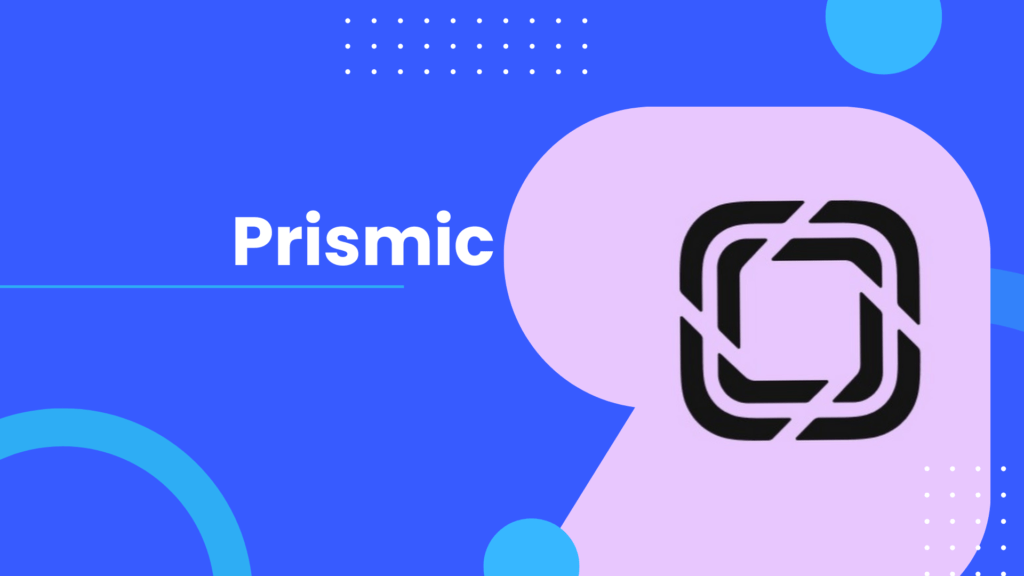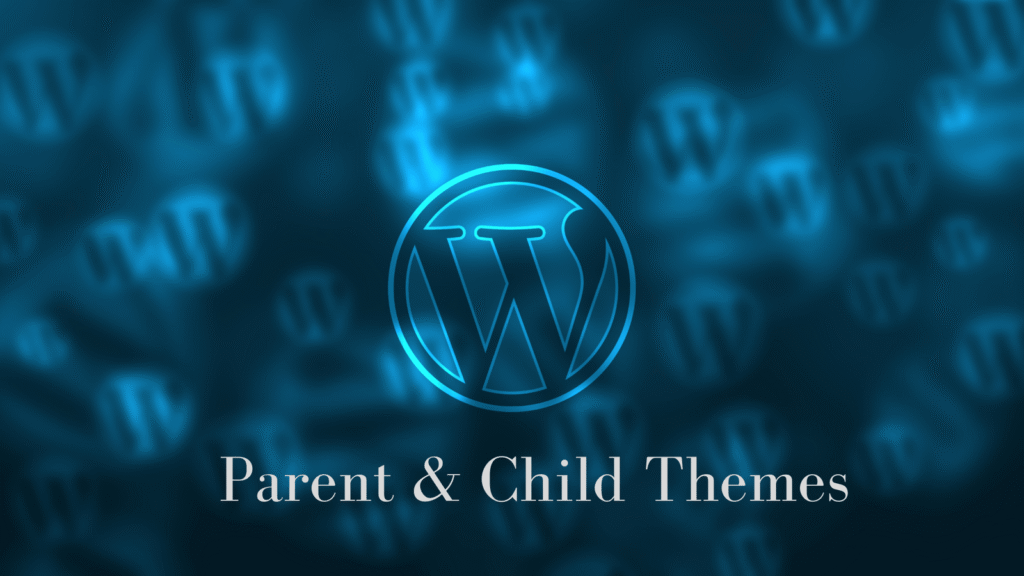Table of Contents

Introduction
In today’s digital age, websites have become an inseparable part of our daily routine, providing us with essential information and services. As a result, the demand for skilled website developers has grown rapidly, along with the need for advanced development tools. There are a variety of tools like WordPress, Wix, and more. Among these tools, Prismic stands out as a decent and versatile solution, offering robust features and functionalities to help create and manage websites with ease. In this context, let’s dive into the world of Prismic and explore its capabilities.
What is Prismic
Prismic is a modern and versatile content management system also known as a CMS that allows businesses and developers to efficiently and easily create, manage, and deliver digital content. Prismic stands out from other CMS platforms as being a headless CMS, which makes it so that the content is separate from its presentation, giving users more flexibility and control over their content delivery.
At its core, Prismic provides an intuitive web-based interface that enables non-technical users to easily create and update content without needing direct involvement from developers. Content authors can structure their content using a flexible content model, making it adaptable to various use cases, including websites, mobile apps, and even connected devices.
Features of Prismic
One of Prismic’s distinguishing features is its use of a powerful API that allows developers to retrieve content in a structured format (usually JSON) and integrate it seamlessly into any platform or technology stack. This decoupled architecture enables the development of dynamic and engaging digital experiences across multiple channels while keeping the content consistent.
It also offers robust and easy-to-understand features for localization and version control, making it an excellent choice for global companies with multilingual needs and complex content workflows. Furthermore, it supports dynamic content personalization, facilitating the delivery of tailored experiences to different audiences.’
Advantages
- Prismic even though it seems complicated it is very easy to set up a website and run it.
- It requires zero to no server space as the website is hosted on their servers
- It is mostly free for static websites and small and simple dynamic websites.
Disadvantages
- The main disadvantage of prismic is to understand it. which is quite a difficult task because most of the tutorials online a of the older versions even though the date is close. This just shows us th rate at which the entire platform is evolving.
- It is rather impossible to use for beginners. The platform acts as a mediator and a helper in making the website. To truly change and mould the website to a person’s liking the said person needs to have a piece of excellent knowledge of the programming framework that they provide and there are a lot of them.
- Complex websites are not possible if you are using the basic plan which is for free, the person will need to subscribe to a plan from the variety that they offer.
Conclusion
In summary, Prismic is an innovative content management system that operates in a headless fashion, which means that it separates the content management functionality from the presentation layer. This architecture allows for greater flexibility and scalability. The benifit of this system is that it enables businesses and organizations to customize their digital experiences with ease and perfection. The platform boasts an intuitive interface for content creation, while developers can take advantage of its robust API and extensive documentation to create custom solutions. It is truly a forward-thinking CMS that empowers teams to deliver exceptional digital experiences to their audiences.
For more info about prismic continue reading our other articles about prismic in our blog page.



